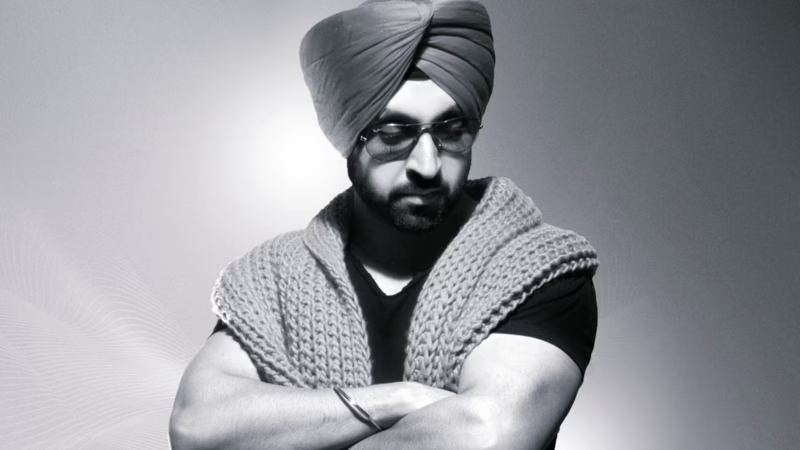When we watch a movie, have you ever wondered why some scenes look amazing while others do not? A big part of this is composition. In filmmaking, composition is how we arrange everything in a scene to tell a story. This article will explain what composition is, why it matters, and how it can make your films more exciting.
What is Composition?
Composition refers to how elements like characters, objects, and backgrounds are placed in a shot. Think of it like a painting. The way the artist arranges colors and shapes can change how we feel about the artwork. Similarly, in a film, how everything is arranged can change how we feel about the story.
The Importance of Composition
Good composition can:
- Guide the Viewer’s Eye: Just like a map, composition helps viewers know where to look. By placing important elements in specific spots, you can lead their eyes to what matters most.
- Create Emotion: Different compositions can make us feel different things. A close-up shot of a sad character can make us feel empathy, while a wide shot of a lonely landscape can evoke sadness.
- Establish Relationships: The space between characters can show their relationships. If they are close together, it might mean they are friends. If they are far apart, it can suggest conflict.
Basic Principles of Composition
1. The Rule of Thirds
One of the most popular techniques in composition is the Rule of Thirds. Imagine dividing the screen into nine equal parts using two vertical and two horizontal lines. Placing important elements along these lines or at their intersections creates balance and interest.
For example, if you are filming a person, place them at one of the intersection points rather than in the center. This makes the shot more engaging.
2. Leading Lines
Leading Lines are lines that guide the viewer’s eye toward a specific subject. These lines can be roads, fences, or even the edges of buildings. Using leading lines can make your scenes feel more dynamic and can draw attention to what’s important.
3. Framing
Framing involves using elements within the scene to create a “frame” around your subject. This could be branches of a tree, windows, or doorways. Framing helps to focus the viewer’s attention and can add depth to the shot.
Tips for Great Composition
- Plan Your Shots: Before filming, think about how you want to compose each shot. Storyboards can help visualize your ideas.
- Experiment: Try different angles and positions. Sometimes the best composition comes from taking a chance.
- Practice: The more you shoot, the better you will get. Study films and notice how they use composition to tell their stories.
Conclusion
Composition is a powerful tool in filmmaking. By understanding how to arrange elements in a scene, you can create more engaging and emotional stories. Whether you are a beginner or have some experience, focusing on composition will help you improve your filmmaking skills.
For more tips on filmmaking, check out our articles on Storytelling Techniques and Cinematography Basics.
External Resources
Remember, great films are made not just by the story, but by how you tell that story visually. Happy filming!
Filmmaking composition techniques Film composition basics Visual storytelling in film The rule of thirds in filmmaking Effective composition in filmmaking Film framing techniques Leading lines in cinematography Composition tips for filmmakers Art of composition in film How to compose a shot in filmmaking










